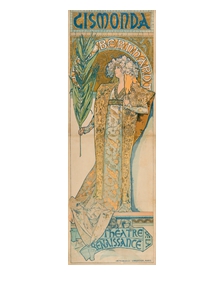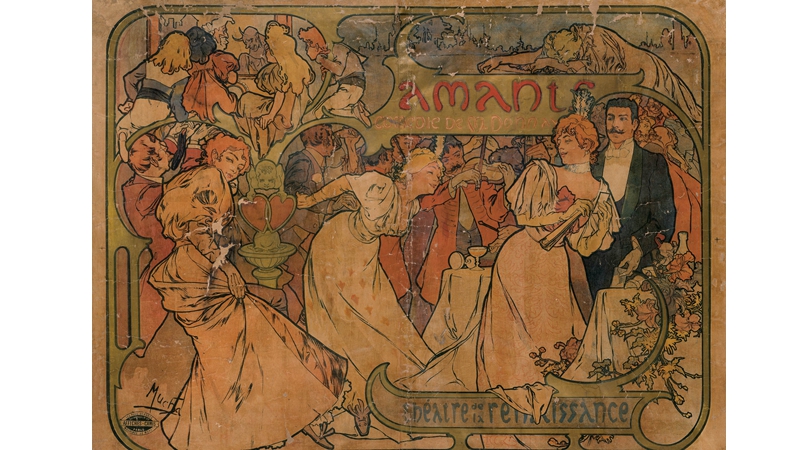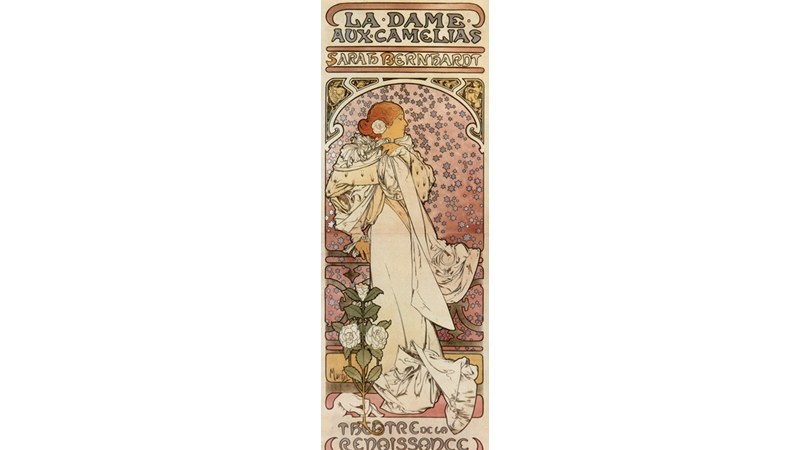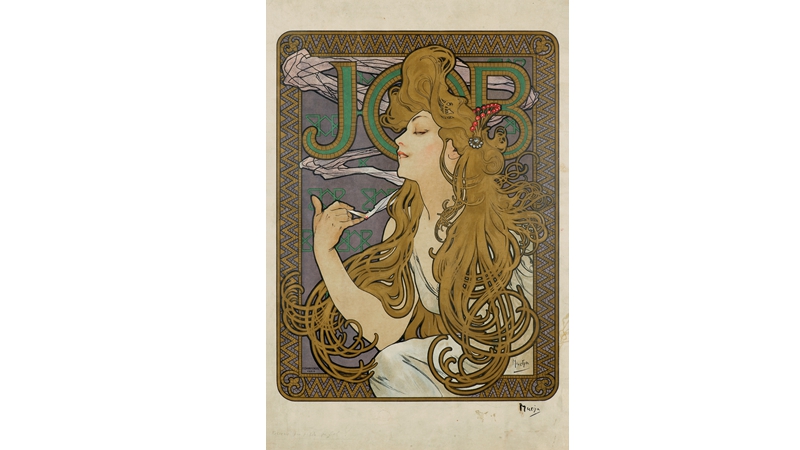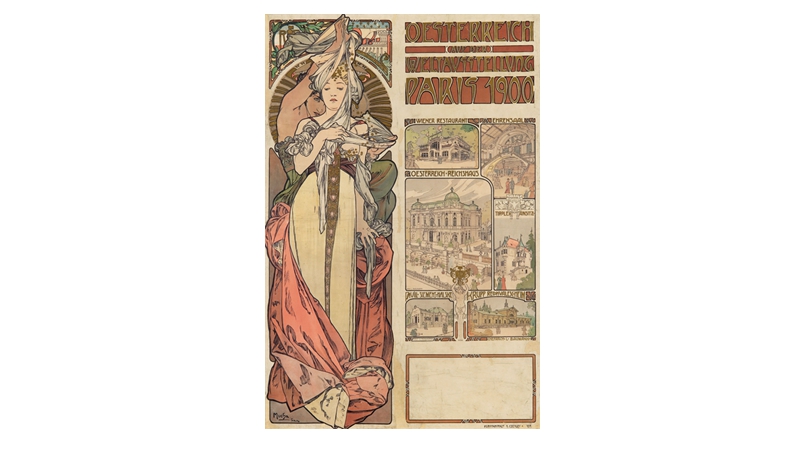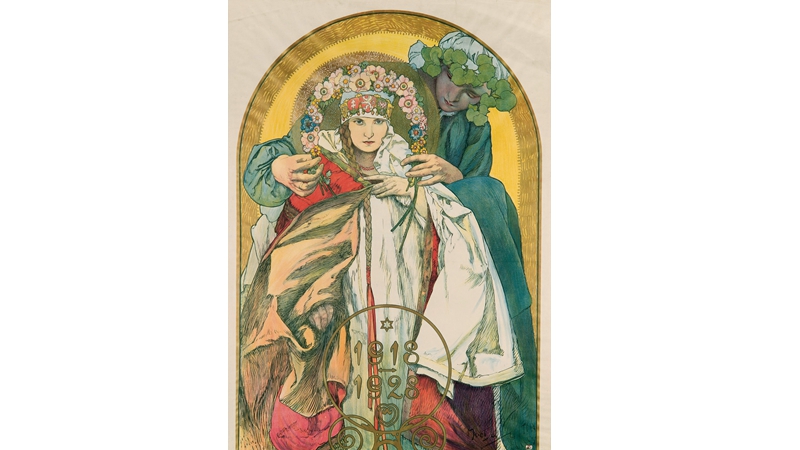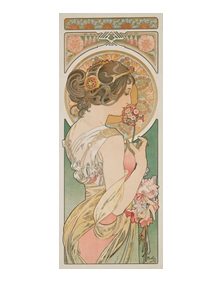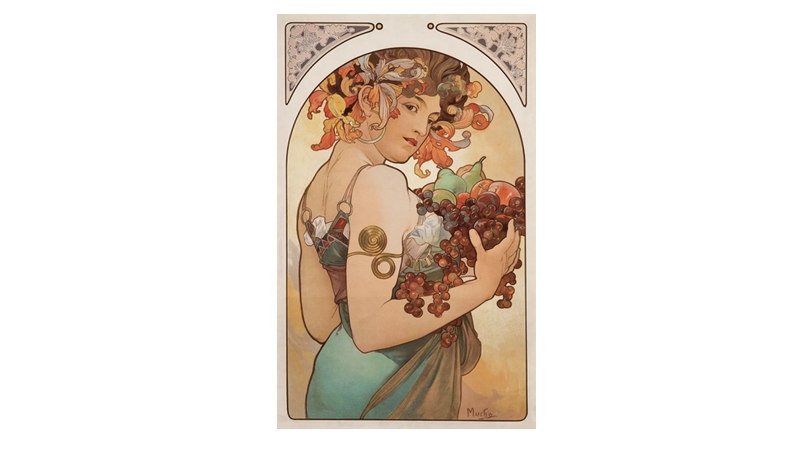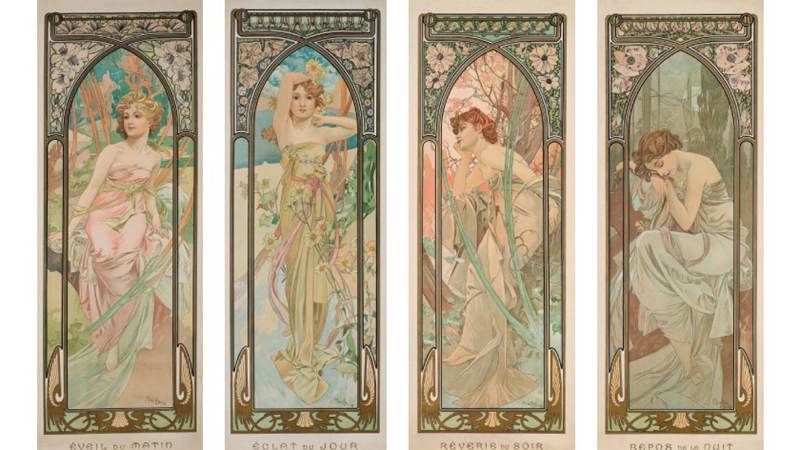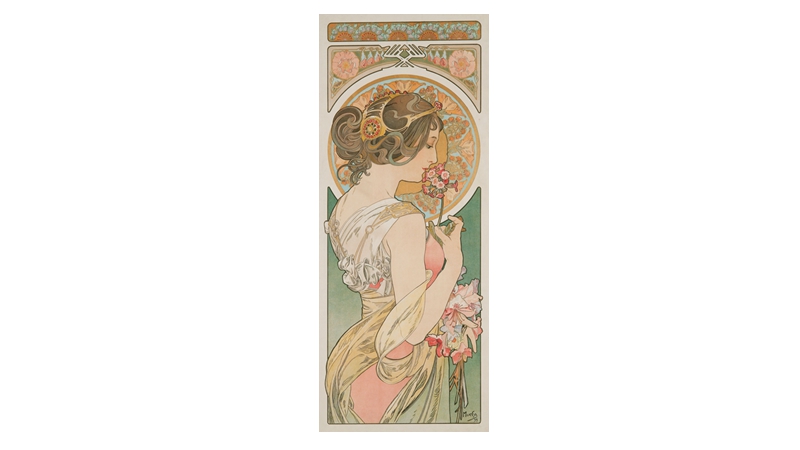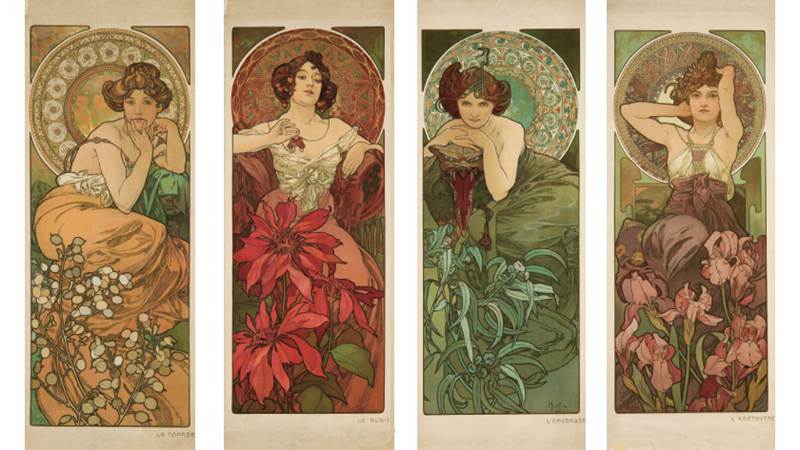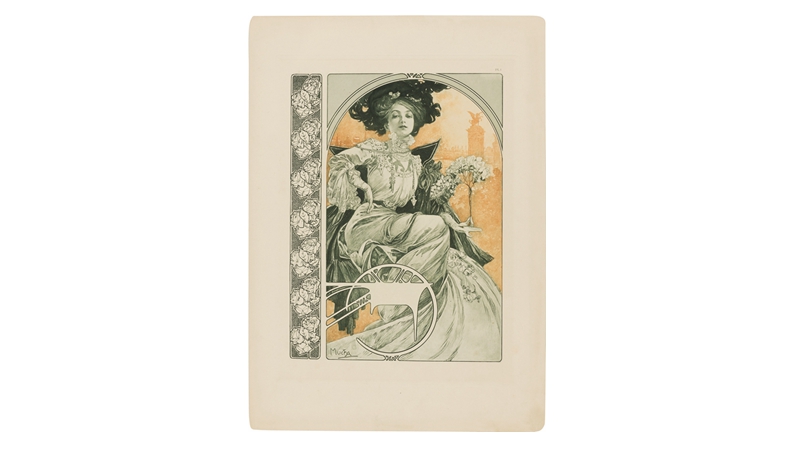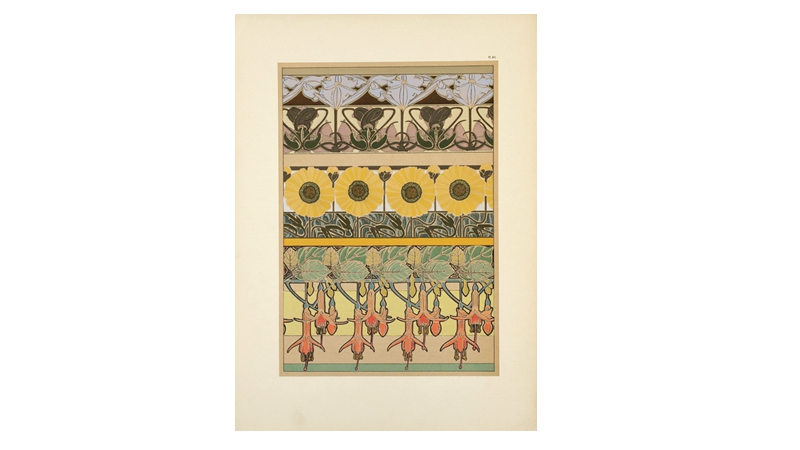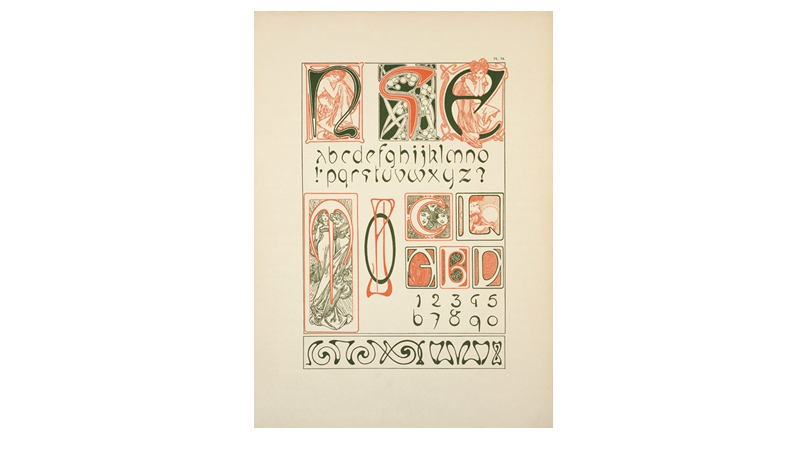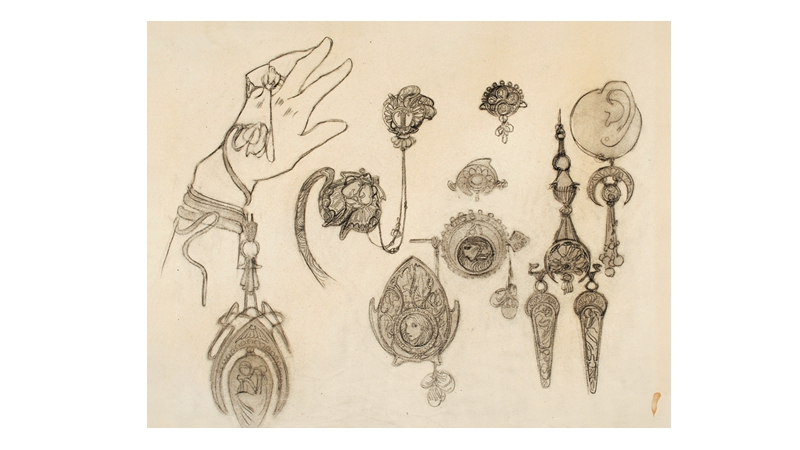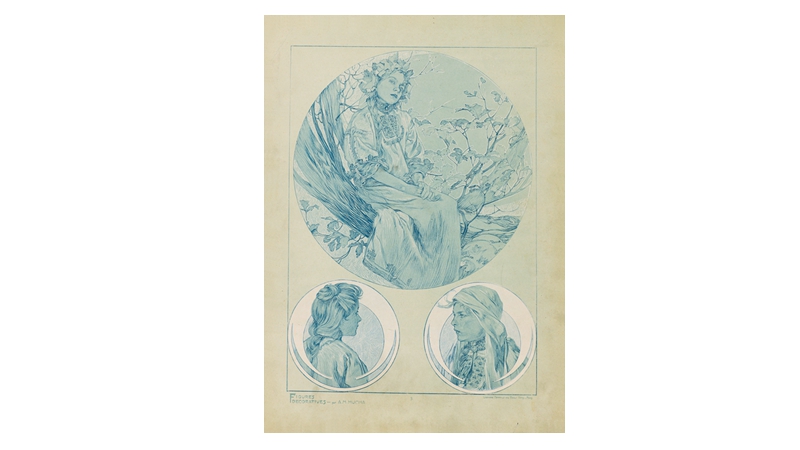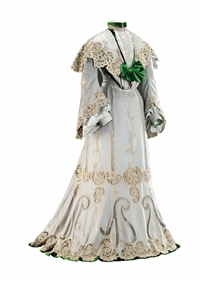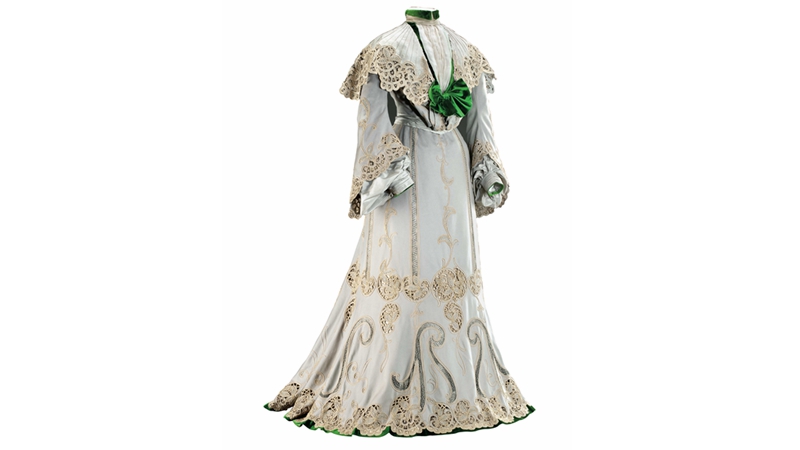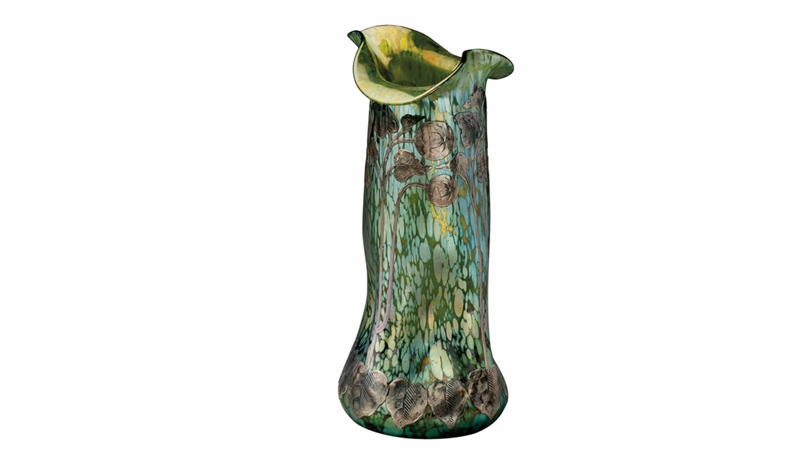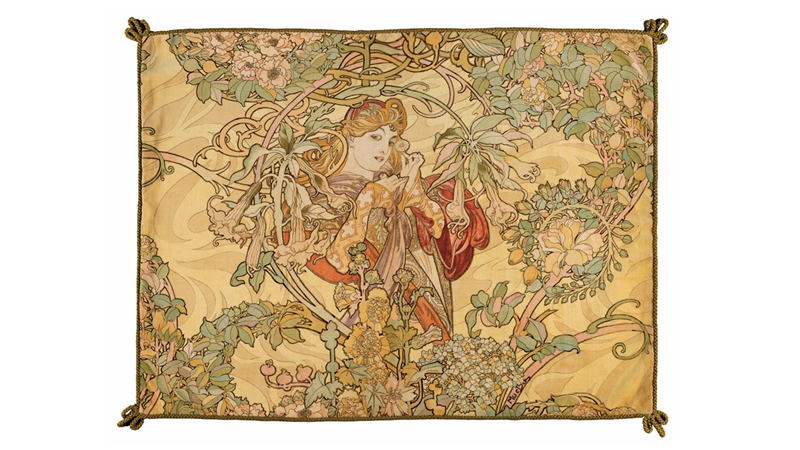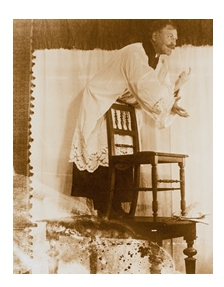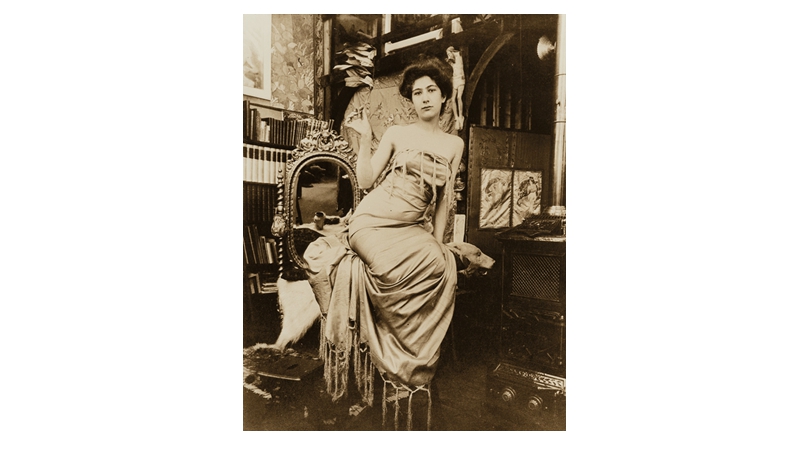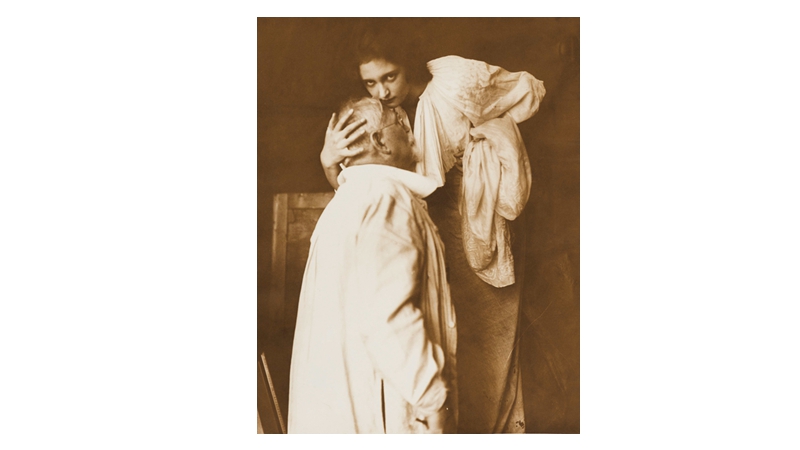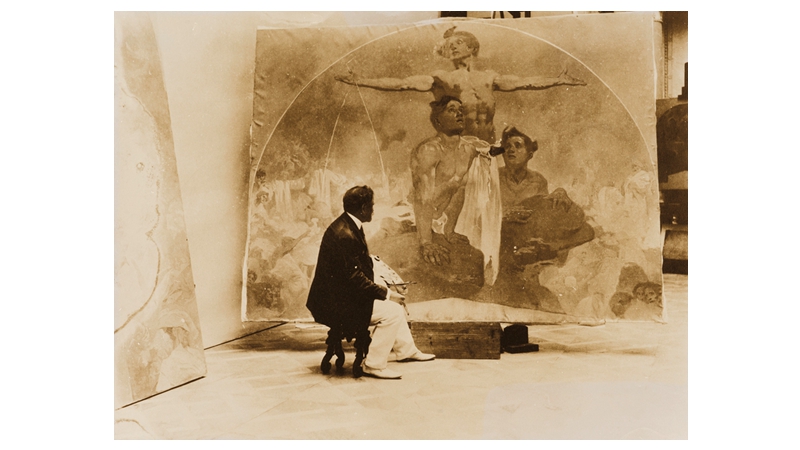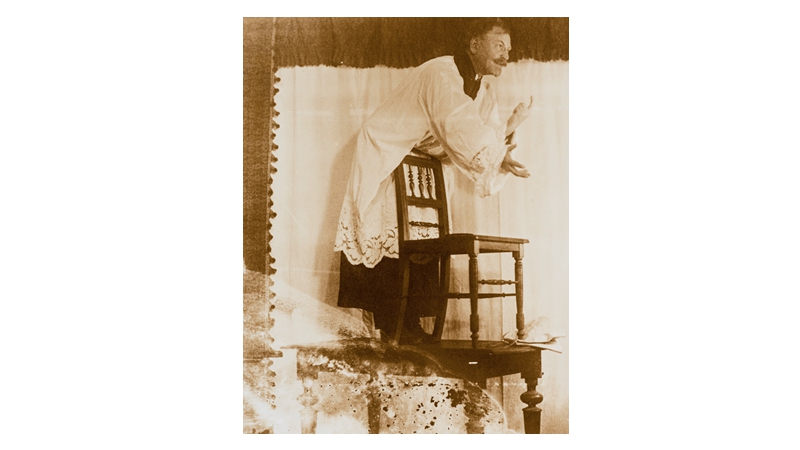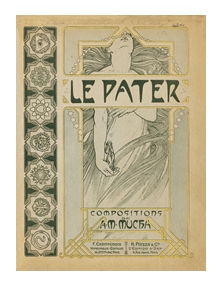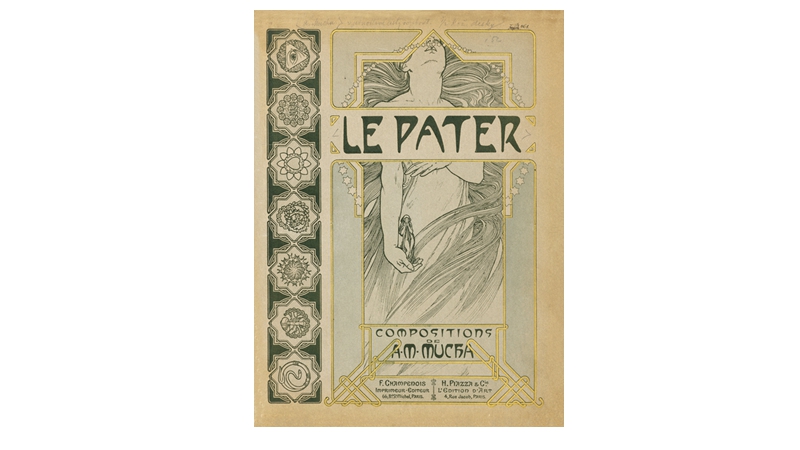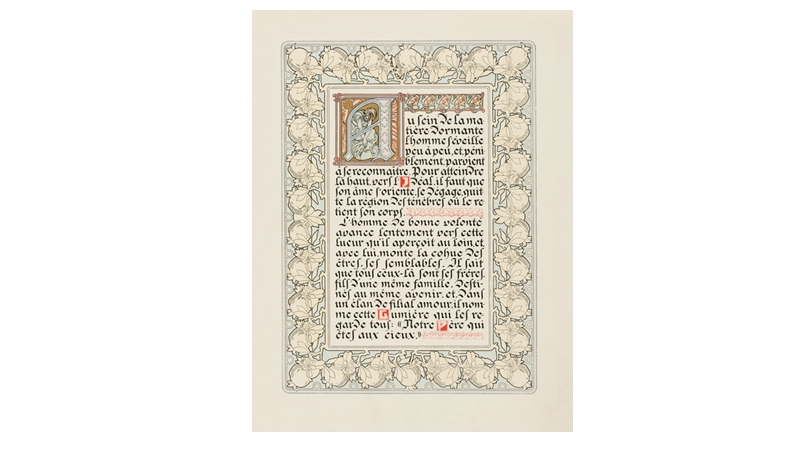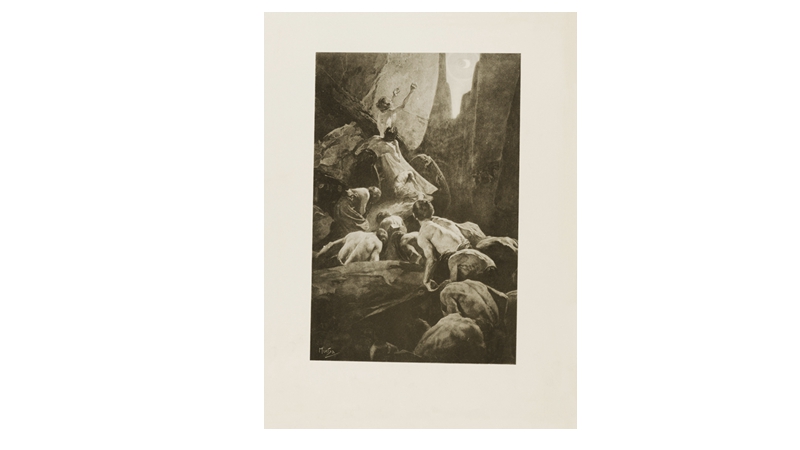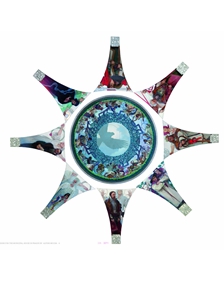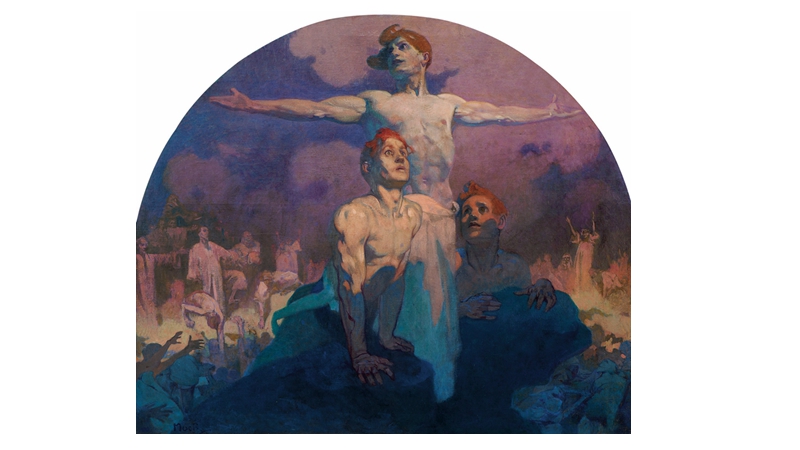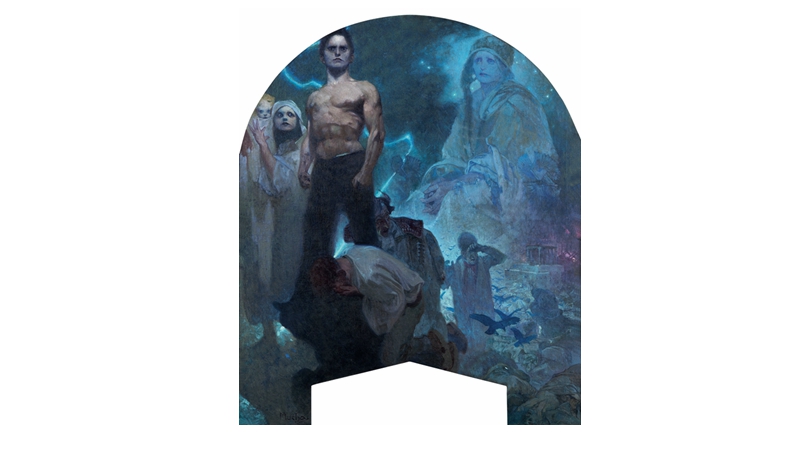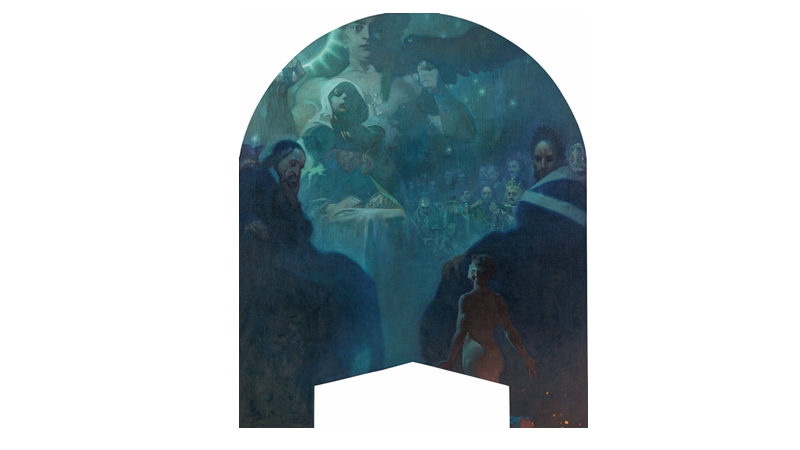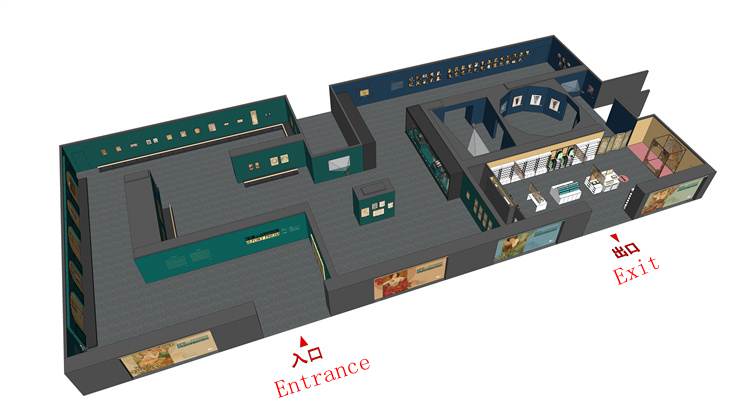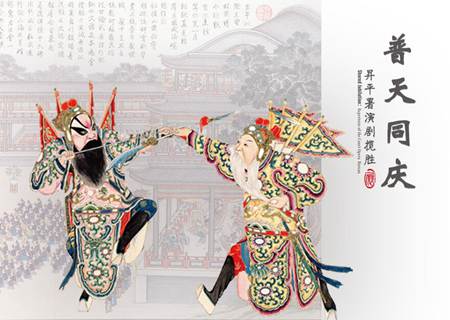INTRODUCTION
The exhibition is one of the important cultural events to celebrate the 70th anniversary of the establishment of Sino-Czech diplomatic relations. To be showcased at the exhibition are 244 valuable exhibits including the posters, decorative sheets, book illustrations, oil paintings, photographic works, Art Nouveau furniture, clothes, jewellery design, glasses and ceramic works designed or created by Mucha. The most important exhibits are some of the most representative works created by Mucha in Paris, where he lived for a dozen years.
Opening hours:
Oct. 19-Dec. 8 (Tuesday to Sunday): 9 a.m.-17:00 p.m.
Last admission 30 minutes before closing.
Nov. 1-Dec. 8 (Friday to Sunday): evening opening hours are available from 18:30 p.m. to 21:00 p.m.
Tickets sales end at 19:30 p. m. and the last admission is at 20:00 p.m.
*Exhibition ticket is required at the entrance of the exhibition.
Opening hours:
Oct. 19-Dec. 8 (Tuesday to Sunday): 9 a.m.-17:00 p.m.
Last admission 30 minutes before closing.
Nov. 1-Dec. 8 (Friday to Sunday): evening opening hours are available from 18:30 p.m. to 21:00 p.m.
Tickets sales end at 19:30 p. m. and the last admission is at 20:00 p.m.
*Exhibition ticket is required at the entrance of the exhibition.
CONTENT
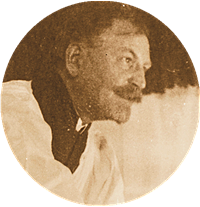
Alfons Mucha
Alphonse Mucha was born on July 24th 1860 in the small town of Ivančice in southern Moravia, then a province of the Austro-Hungarian Empire, (currently a region of the Czech Republic). His life could be divided into four stages.
Early years. After failing the application for an art school, Mucha went to Vienna, and became an apprentice at a company which made sets for Vienna theatres. In 1884, the 24-year-old Mucha studied at the Munich Academy of Fine Arts and began his formal training in painting.
In Paris. In 1888, with the subsidies provided by Count Belasi, Muchain enrolled in the Académie Julian. As the subsidies eventually ended, he founded a studio in Paris to make a living by painting. The turning point in Mucha’s artistic career came in 1894, when the 34-year-old Mucha designed a poster for the popular Parisian actress Sarah Bernhardt’s new play Gismonda. It was a huge success.
American travels. In 1904, Mucha arrived in the U.S. He was devoted to painting the portraits of upper class women. He met Charles Richard Crane, who later became the patron of The Slav Epic.
Returning to homeland. By 1910, Mucha gained great reputation and a decent life from commercial painting. He moved back to his hometown and devoted to composing works that send a patriotic message of the Slavic people. Mucha was commissioned to paint murals on the interior of the Lord Mayor's Hall of the new city hall. He had also accomplished The Slav Epic, a series of large painting illustrating the achievements of the Slavic peoples over history. On July 14th 1939, Mucha passed away in Czechoslovakia at the age of 79.

Alfons Mucha
Alphonse Mucha was born on July 24th 1860 in the small town of Ivančice in southern Moravia, then a province of the Austro-Hungarian Empire, (currently a region of the Czech Republic). His life could be divided into four stages.
Early years. After failing the application for an art school, Mucha went to Vienna, and became an apprentice at a company which made sets for Vienna theatres. In 1884, the 24-year-old Mucha studied at the Munich Academy of Fine Arts and began his formal training in painting.
In Paris. In 1888, with the subsidies provided by Count Belasi, Muchain enrolled in the Académie Julian. As the subsidies eventually ended, he founded a studio in Paris to make a living by painting. The turning point in Mucha’s artistic career came in 1894, when the 34-year-old Mucha designed a poster for the popular Parisian actress Sarah Bernhardt’s new play Gismonda. It was a huge success.
American travels. In 1904, Mucha arrived in the U.S. He was devoted to painting the portraits of upper class women. He met Charles Richard Crane, who later became the patron of The Slav Epic.
Returning to homeland. By 1910, Mucha gained great reputation and a decent life from commercial painting. He moved back to his hometown and devoted to composing works that send a patriotic message of the Slavic people. Mucha was commissioned to paint murals on the interior of the Lord Mayor's Hall of the new city hall. He had also accomplished The Slav Epic, a series of large painting illustrating the achievements of the Slavic peoples over history. On July 14th 1939, Mucha passed away in Czechoslovakia at the age of 79.


